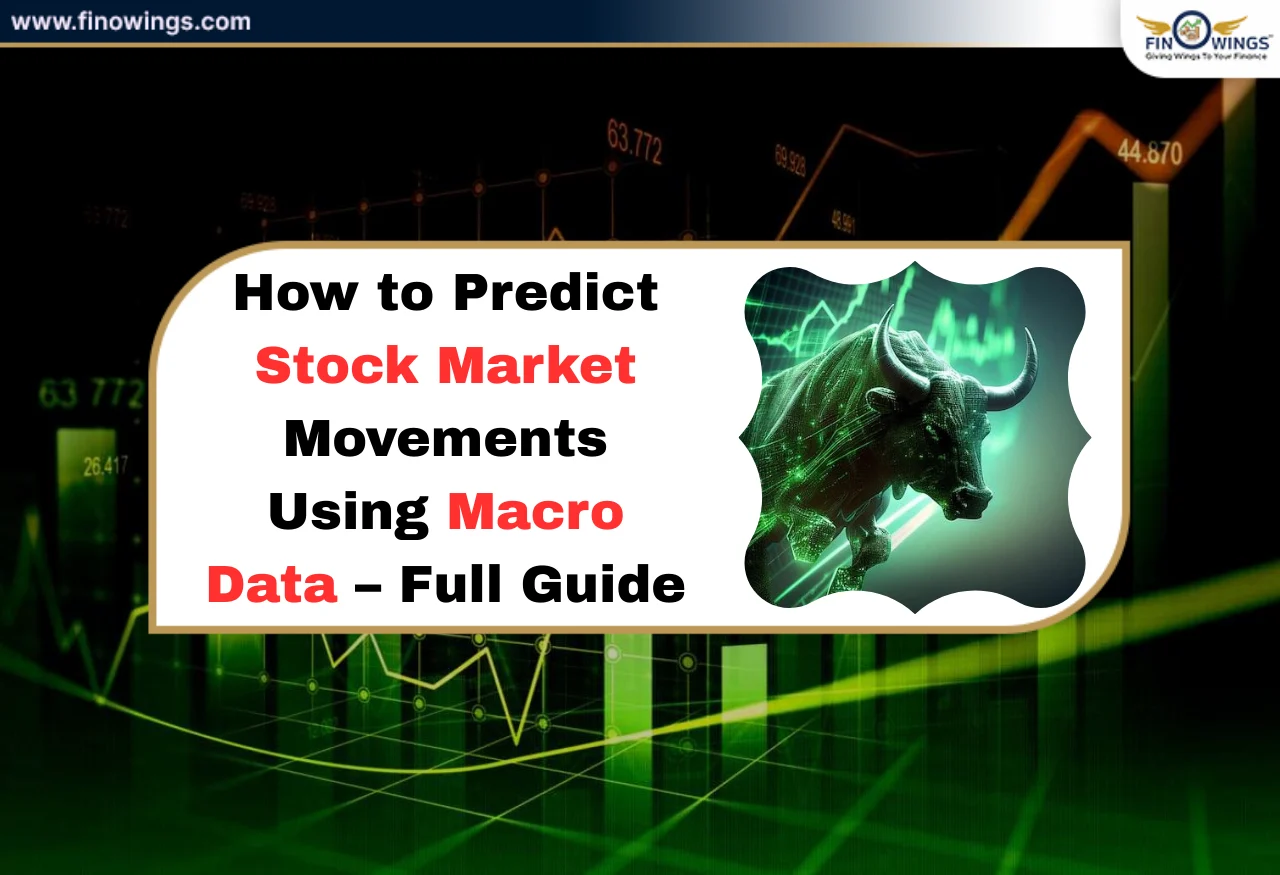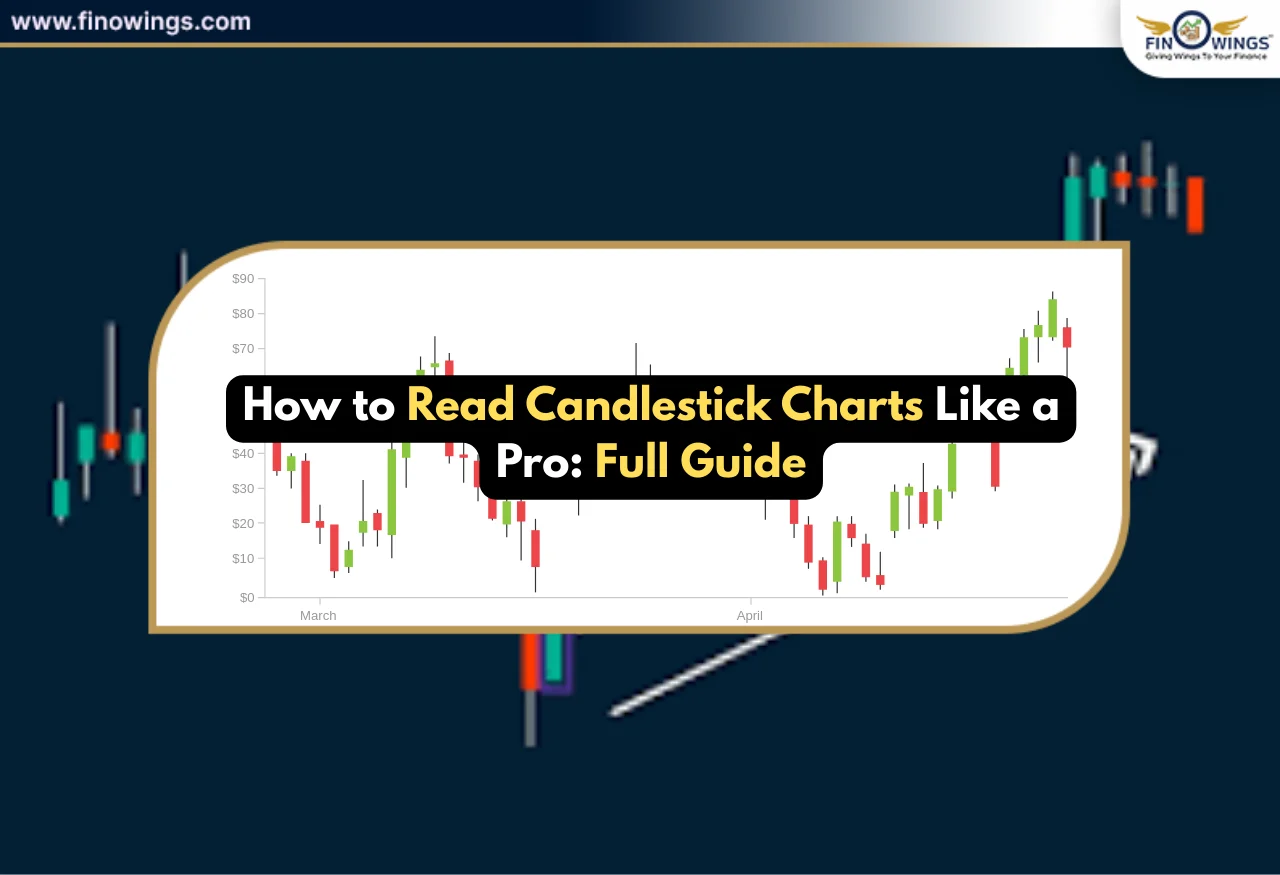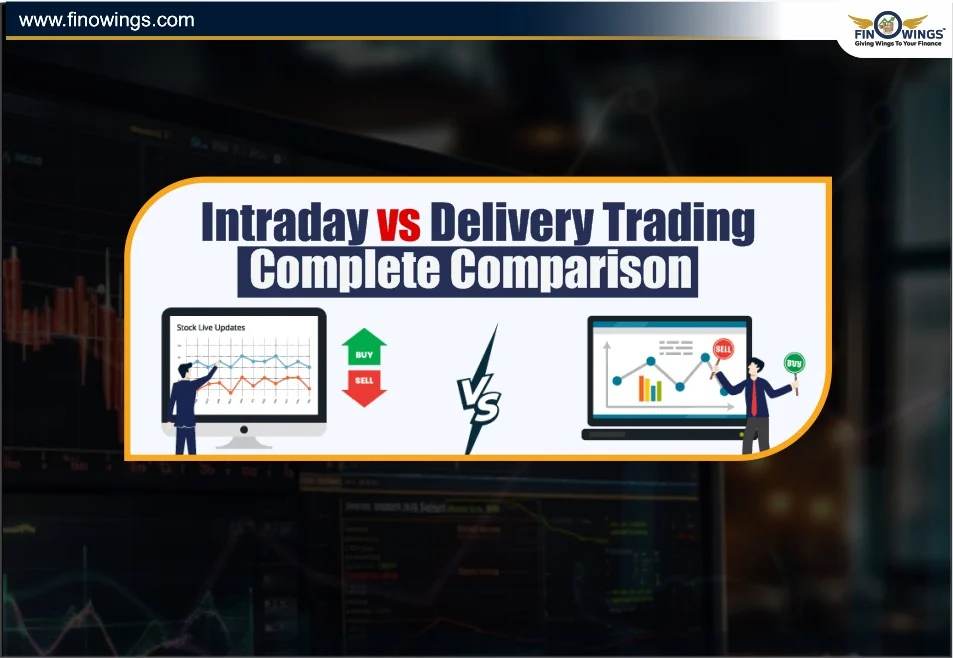Home >> Blog >> Open Interest in Options: A Key Trading Strategy
Open Interest in Options: A Key Trading Strategy

Table of Contents
- Introduction
- What Is Open Interest in Options? Open Interest Explained
- What is the Difference Between Volume and Open Interest?
- How Is Open Interest Calculated?
- Why is Open Interest Important in Options Trading?
- Open Interest in Options: How to Analyse It?
- Using Open Interest in Trading Strategies
- Using Open Interest Data in Real Life
- Conclusion
Introduction
In the options trading environment, the rapid information flow requires the understanding of certain unsophisticated indicators, like Open Interest (OI), which from the perspective of market psychology, gauges the level of engagement from the market participants.
This blog aims to explain in simpler terms the options open interest, the mechanisms of which will guide the trader towards a successful options trading strategy.
If you're new to the derivatives market, we recommend starting with our Complete Guide to Futures and Options Trading in India. This guide explains the basics of F&O trading, contracts, and leverage. It will be simpler to understand how Open Interest works as a crucial component of sophisticated options strategies if you are aware of that foundation.
What Is Open Interest in Options? Open Interest Explained
Open Interest is defined as the total value of outstanding option or futures contracts that are still to be closed, settled or fulfilled.
Open interest displays how many option positions (buy or sell) are “open” in the market.
It grows when more positions are added, and when the contracts are closed, it decreases.
Example- If 10 traders each buy a Nifty 24,000 Call Option, the Open Interest (OI) is valued at 10.
If 5 traders sell their contracts, the OI will reduce to 5.
What is the Difference Between Volume and Open Interest?
Volume and Open Interest are not the same thing, despite what some new investors believe.
|
Parameter |
Volume |
Open Interest (OI) |
|
Definition |
Number of contracts traded during the day |
Total active contracts not closed |
|
Changes |
Resets daily |
Cumulative (updates in real-time) |
|
Indicates |
Market activity |
Market sentiment & trader positioning |
|
Resets |
Yes, every day |
No, until expiry |
Simply put, volume = daily activity and open interest = total active positions still in the market.
How Is Open Interest Calculated?
Every time a buyer and seller finalise an options contract, open interest increases by one. If the buyer and seller close their positions, open interest decreases by one. Open interest doesn't alter if a deal is just moved from one trader to another. Open interest, a direct indicator of market activity, so displays the number of active traders holding positions.
Why is Open Interest Important in Options Trading?
Analysing options open interest allows traders to understand market activity and adjust their trades accordingly.
Here’s how:
1. Market Sentiment Indicator
Rising OI + Rising Price → Sentiment is Bullish.
Rising OI + Falling Price → Sentiment is Bearish.
Falling OI + Rising Price → Short covering.
Falling OI + Falling Price → Long unwinding.
2. Liquidity Indicator
More active contracts translate into improved liquidity when OI is high. Less active contracts translate into tighter liquidity and a higher risk of slippage when OI is low.
3. Support and Resistance Zones
When there's a lot of Open Interest (OI) for Call Options at a specific strike price, that price acts as a resistance level.
When there's a lot of Open Interest (OI) for Put Options at a specific strike price, that price acts as a support level.
Such information indicates possible trend reversals or consolidation.
Open Interest in Options: How to Analyse It?
Let's take a look at sample data to understand how to analyse open interest for options.
|
Price Action |
Open Interest |
Market View |
Trader’s Action |
|
Price ↑, OI ↑ |
New long positions |
Bullish |
Go long or hold |
|
Price ↓, OI ↑ |
New short positions |
Bearish |
Go short or hedge |
|
Price ↑, OI ↓ |
Short covering |
Bullish |
Exit shorts |
|
Price ↓, OI ↓ |
Long unwinding |
Bearish |
Exit longs |
This simple 2x2 matrix is the core of any open interest analysis in derivatives.
Using Open Interest in Trading Strategies
1. Determining the Market Direction
Using Open Interest to determine the direction of the market. Knowing whether or not the price change is the result of strong interest is crucial:
-
If the price increases and Open Interest increases → the price change is genuine and buying interest is present.
-
If the price increases and Open Interest decreases → the price change is temporary.
2. Anticipating Breakouts
When Open Interest increases significantly at certain strike prices (particularly around whole numbers), this suggests important support or resistance levels. When a breakout occurs, and Open Interest increases, this validates new momentum.
3. Identifying Trend Reversals
A sudden decline in Open Interest, after it has been steadily increasing, may indicate trend exhaustion and a possible reversal.
4. Using OI in Congested Areas
Professional traders use open interest, volume, and price action to assess the strength of the trend prior to making a trade.
Using Open Interest Data in Real Life
1. Visit the BSE or NSE Derivatives Section
Open Interest data for Calls (CE) and Puts (PE) is available on the NSE Open Interest "Option Chain" page.
2. Determining Max Pain
The strike price that has the highest cumulative OI (Calls + Puts) will come close to determining where the market will land at expiry.
3. Daily Tracking of OI Changes
Rapid rises in Open Interest (OI) may indicate potentially new positions being established, signalling expected volatility on the horizon.
4. Combine with Other Technical Indicators
Use OI analysis with indicators like RSI, MACD, or Moving Averages for high-probability trades.
Worst OI Mistakes
-
Overestimating the OI indicator alone, ignoring price and volume.
-
OI data during an expiry week has a tendency to be volatile.
-
Changes in OI in context are evidence of losing deals, covered positions, or newly initiated shorts.
Failing to see rollover data.
The best open interest strategies in trading options consider OI only as an additional influence.
Benefits of Open Interest
-
Confirms the prevailing market trend and how strong it is.
-
Early identification of potential reversals.
-
Highlights the liquidity levels and relevant/important strike price zones.
-
Reduction of guesswork.
Open Interest Drawbacks
-
OI doesn’t indicate if the positions are long or short or if the total open contracts are in balance.
-
Unpredicted events/news and shifts in government policies will render OI analysis pointless.
-
It should be combined with price and volume.
Conclusion
To recap, options open interest can be a strong indicator of the trader’s mindset and the market’s inner workings. Understanding how open interest works and integrating it with price and volume will allow a trader to create a more confident and methodical options trading strategy.
Even though open interest analysis can be useful for anyone with a trading strategy, and even for positional investors, its mastery can be a powerful tool for market timing and precision entry.
DISCLAIMER: This blog is NOT any buy or sell recommendation. No investment or trading advice is given. The content is purely for educational and information purposes only. Always consult your eligible financial advisor for investment-related decisions.
Author
Frequently Asked Questions
Open Interest (OI) represents the total number of active or outstanding options contracts that have not been closed or squared off. It shows how many positions—both long and short—are still open in the market. Rising OI indicates growing trader participation, while falling OI shows positions being closed.
Volume shows how many contracts were traded today, while open interest shows how many contracts are still open overall.
-
Volume resets daily, but
-
Open Interest keeps updating in real-time until expiry.
In simple terms: Volume = daily activity; OI = total active positions.
Open Interest helps traders understand market sentiment, liquidity, and possible support/resistance levels.
-
Rising OI with rising price → bullish trend
-
Rising OI with falling price → bearish trend
-
Falling OI with rising price → short covering
-
Falling OI with falling price → long unwinding
This makes OI a key indicator for analysing trend strength.
Traders use OI to:
-
Predict breakouts using high OI at important strike prices
-
Identify trend reversals when OI suddenly drops
-
Confirm market direction by combining price action + OI
-
Analyse Max Pain, which helps predict expiry level
OI becomes powerful when combined with volume, RSI, MACD, and price movement.
No. Open Interest should not be used in isolation.
OI does not reveal if traders are holding long or short positions, and news events can invalidate OI signals. For accurate analysis, traders must combine OI with price action, volume, momentum indicators, and overall market context.



















